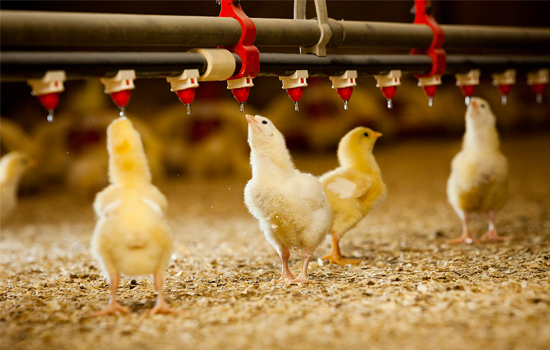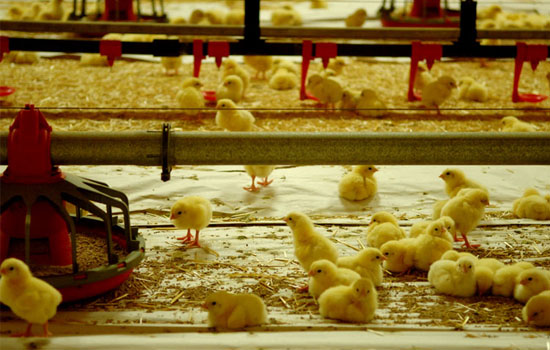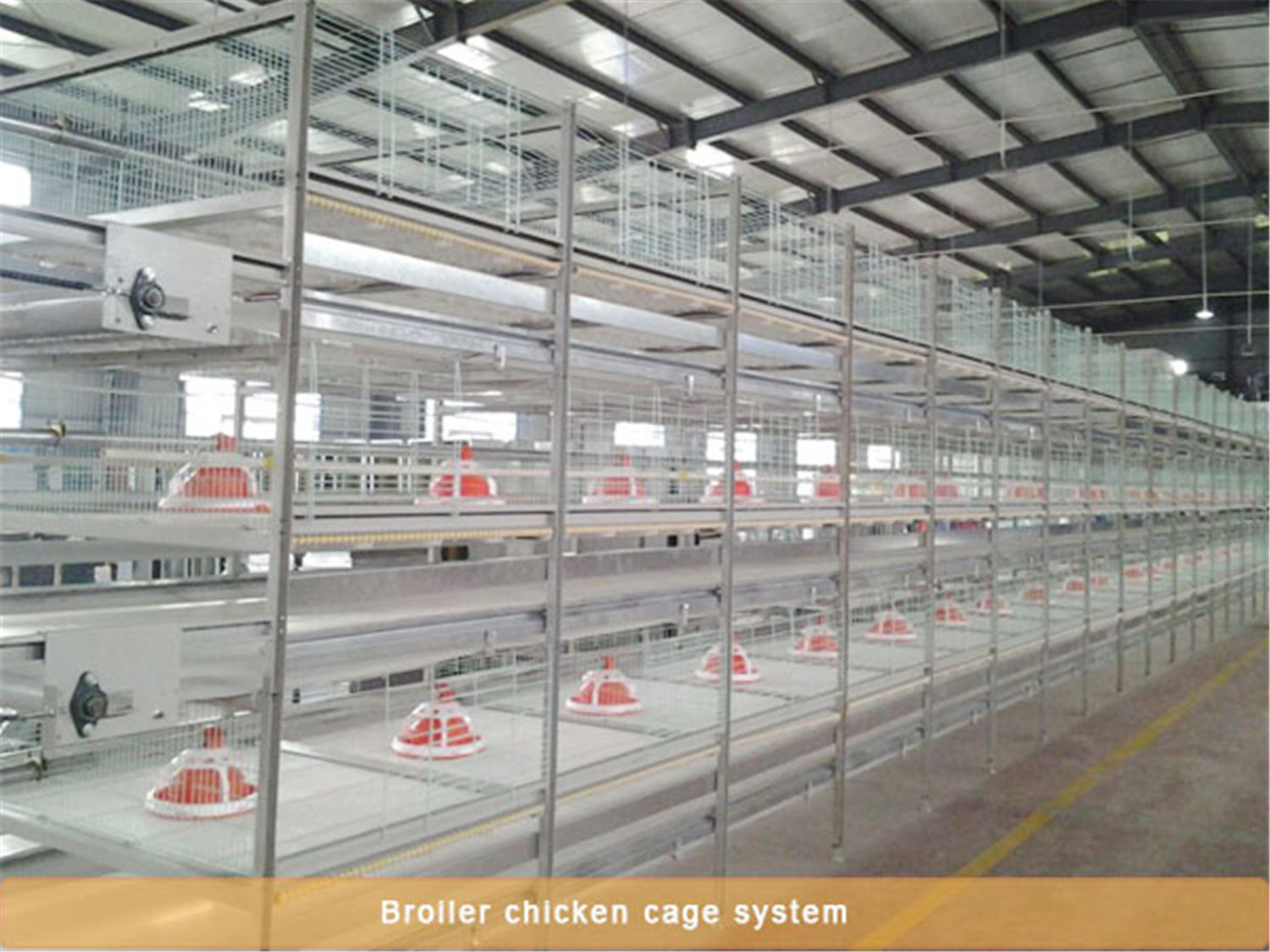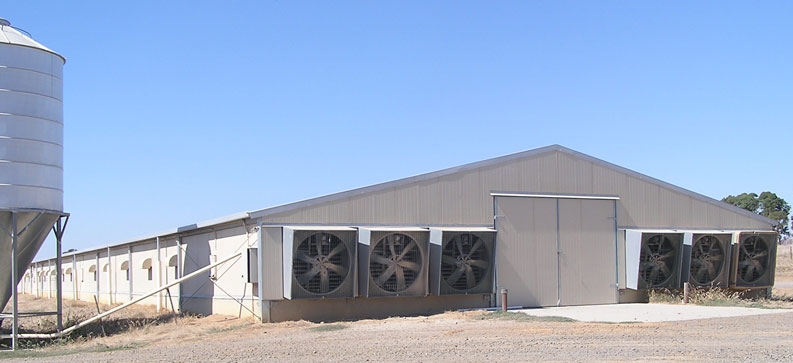The farm tells you what to pay attention to when raising chickens in winter
- Published in Method of breeding chicken
The temperature in winter is low, the chicken house should pay attention to keep warm while paying attention to the ventilation of the chicken house, how to raise chicken in winter battery cage system for layers price in india? Do a good job in cold insulation. Insulation is the key to raising broiler chickens in winter. Good house maintenance should be done before the cold weather comes. Tight doors and windows, tight gaps in the house should be kept constant, and the temperature difference between day and night should not be too large.
Note that the chickens in the ventilation and ventilation broiler have a high density and rapid growth. As the body weight increases, the amount of breathing and excretion also increases. If the ventilation is not properly performed, the humidity in the house is not too high, and It also causes air pollution in the house and the concentration of ammonia is too large. If the stove is installed in the house, and the content of harmful gases such as carbon monoxide is increased, it is extremely unfavorable for the growth and development of the broiler chickens, and even causes poisoning.
Adjusting the composition of the diet In winter, the temperature is low and the metabolism of the chicken is strong. The energy level in the diet can be appropriately increased. According to the data, in the winter broiler diet, 2% to 5% of animal and vegetable fats are added, which can achieve better weight gain. In winter, broiler chickens can be fed freely and freely. The number of feedings should be increased appropriately. Each chicken should have a trough of 3 to 5 cm, 23 hours of light per day, 1 hour of darkness, and 1 to 2 light intensity. W/m 2. Due to the high humidity in the house, the air is relatively dirty, and the broiler chicken is susceptible to coccidiosis and respiratory diseases, so be careful.

The disinfection work should go through the whole process of raising chickens. Winter temperatures are low and the frequency of bacterial activity is decreasing. However, the winter climate is cold and the resistance of chickens is generally weakened. If neglected disinfection, it is easy to cause disease outbreaks. The winter night is long and short, and the laying hens will cause a drop in egg production due to insufficient light. In order to overcome this natural defect, it can be compensated by artificially supplementing the illumination. Under normal circumstances, the total time of daylighting should not be less than 14 hours, and no more than 17 hours. For example, the natural light during the day is 12 hours, and artificial light is required for 2-5 hours per day.
Chickens get heat by eating the feed into the body for Poultry Rearing Equipment to maintain body temperature. The lower the outside temperature, the more the chicken consumes the heat that protects the cold. According to the measurement, the feed consumption of winter chickens increased by 10% compared with other seasons. Therefore, in the winter chicken feed must ensure sufficient energy, in addition to ensuring a certain proportion of protein, should increase the high-energy feed containing more starch and sugar to meet the physiological and production needs of chicken. The resistance of chickens in winter is declining. Special attention should be paid to the prevention and prevention of diseases and regular vaccination. According to the actual situation, some preventive drugs can be regularly fed to increase the content of vitamins and trace elements in the feed.







